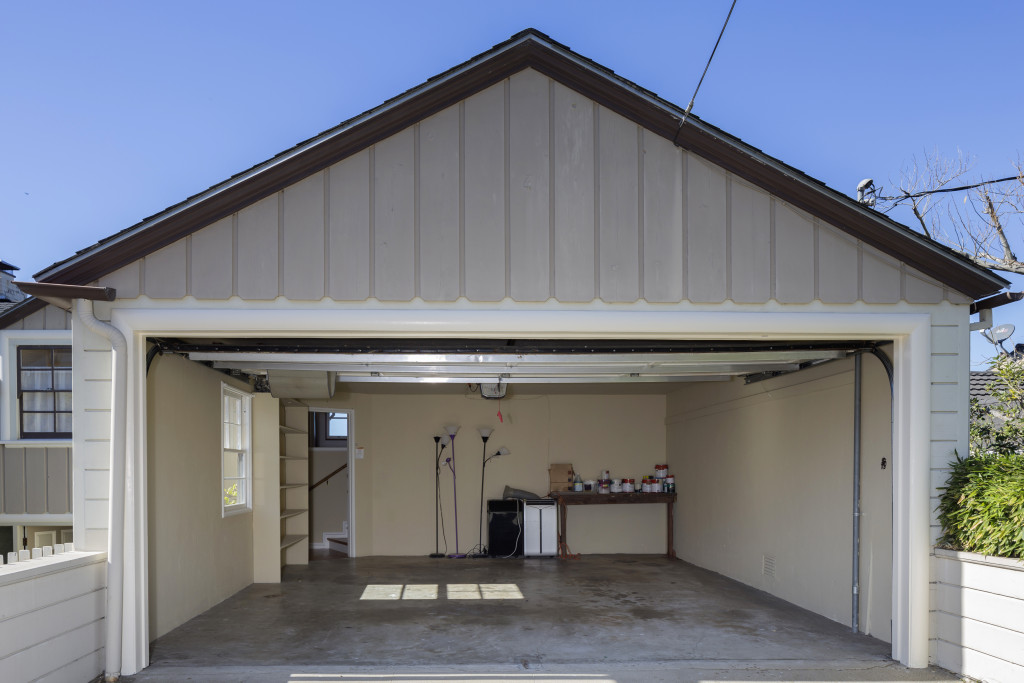The garage is an essential space for the house. It provides storage for items that would otherwise take up space in the living area or bedrooms, it can act as a workshop, and it can provide shelter for vehicles.
Garages are also one of the most exposed areas to damage. According to the Insurance Information Institute, 23% of property damage claims are for garage damage. The most common causes of garage damage are storms, cars crashing into the garage, and burglars breaking in to steal items from the garage. As a result, homeowners must take measures to protect their garages and belongings. Here are the strategies to consider for your efforts.
Garage Door Upgrade
If your garage has an outdated door, it might provide little to no protection to the garage and its contents. This is because garage doors can get easily broken into and often do not protect against weather damage. As a result, it is essential to upgrade your garage door if you want to protect your garage and its contents.
There are several different garage door upgrades you can consider. You can install a new garage door more potent and resistant to break-ins or a new one better equipped to protect against the elements. Whichever option you choose, research the options available and find the best one for your needs.
The best option is to install a new garage door with impact-resistant materials. These doors are more expensive but offer the best protection against break-ins and weather damage. High-tech garage doors with security features are also available but tend to be even more costly.
Reinforce the Walls and Ceiling
Once you have a new garage door installed, it is time to reinforce the walls and ceiling of the garage. You can do this by installing metal sheets over the existing wall or by adding studs to the wall to make it more resistant to break-ins. You can also add a layer of drywall over the metal sheets for extra protection.
The ceiling is another area that needs reinforcement. It is achievable by installing trusses or cross braces to stabilize the structure. You can also add additional insulation to the ceiling to help protect against weather damage.
Insulation will also be necessary for the walls and ceiling if you live in an area with extreme temperatures. This project will help keep your garage comfortable and prevent damage to your belongings from the intense heat or cold.
Install Security System

Garages are a common target for burglars looking to steal expensive items like tools or cars. As a result, installing a security system in your garage is essential to protect your belongings. Here are the necessary devices and features to consider for your security system.
-
Alarm system:
The most basic security measure is an alarm system. It will notify you and the authorities if someone breaks into your garage.
-
Security cameras:
Security cameras will help you identify the burglar and provide evidence to the police.
-
Motion sensor lights:
These lights will turn on when someone enters the garage, making it more difficult for them to break in without being seen.
-
Deadbolt locks:
Deadbolt locks are more challenging to pick than traditional locks and will deter burglars from attempting to break into your garage.
Following these tips can protect your garage and belongings from damage. You can find the best-reviewed system online. Keep in mind that no security measure is 100% effective, so it is essential to have insurance to cover the cost of repairs if your garage gets damaged.
Moisture-Resistant Flooring
Since garages store cars and other large items, they need a durable floor to handle the weight. Concrete is a good choice for a garage floor because it is solid and moisture-resistant. However, concrete can still get damaged by water, so it is necessary to install moisture mitigation measures to protect it.
One way to protect the concrete floor is to install ASTM F-3010 floor coating, designed to resist water damage. This coating can also provide a non-slip surface, making it safer to walk on when the floor is wet.
Another moisture-mitigation measure is to install a French drain system. This system will collect and redirect water away from the garage, preventing it from damaging the floor.
A third option is to install an in-floor heating system. This system will help dry the concrete floor by circulating warm air throughout the garage.
All of these options will help protect your garage floor from water damage. Choose the option that best suits your needs and budget.
Final Thoughts
Garages are essential to the home and must remain protected from damage. These tips help keep your garage in good condition and prevent costly repairs. They might be a little work, but keeping your garage and belongings safe is worth it.

